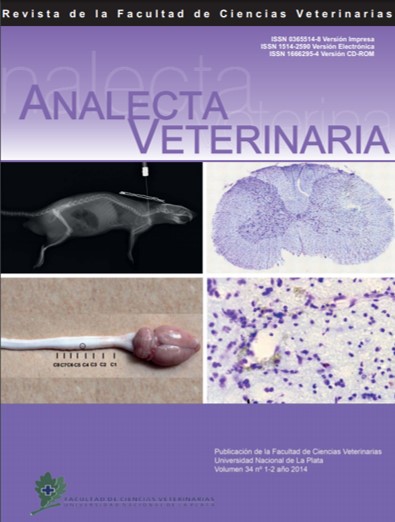Actualización en legislación de alimentos para celíacos
DOI:
https://doi.org/10.24215/15142590ep.%2026-32Abstract
Analysis of food health regulations and their impact on coeliac population was performed through research and comparison of argentinian and international health regulations on gluten-free foods, and by analysis of website visits to argentinian official list of gluten free products. The CODEX STAN 118/1979 standard and rules from the European Community recognized as “gluten free” foods those which contain up to 20 mg/kg, and as “low gluten content” those with 20-100 mg/kg, while FDA defines “gluten free” foods as those with a maximum of 20 mg/kg. Australia and New Zealand distinguish as “gluten free” foods those that contain no detectable gluten and “low-gluten those which do not exceed 20 mg/kg of gluten. In Argentina the maximum allowed by the “Código Alimentario Argentino” is 10 mg/kg for “gluten free” foods. This also applies to gluten free food from MERCOSUR members. The Coeliac Law of Argentina introduced several advances as the updated official gluten free products list. Argentina is one of the countries which has the most severe limit of gluten for food destined for coeliac population providing health and commercial advantages or profits.
Downloads
Metrics
No metrics found.
Published
How to Cite
Issue
Section
License
Authors retain the copyright and assign to the journal the right of the first publication, with the with the terms of the Creative Commons attribution license. This type of license allows other people to download the work and share it, as long as credit is granted for the authorship, but does not allow them to be changed in any way or used them commercially.

Analecta Veterinaria by School of Veterinary Sciences, National University of La Plata is distributed under a Creative Commons Attribution-NonCommercial-NoDeriv 4.0 International License.

























